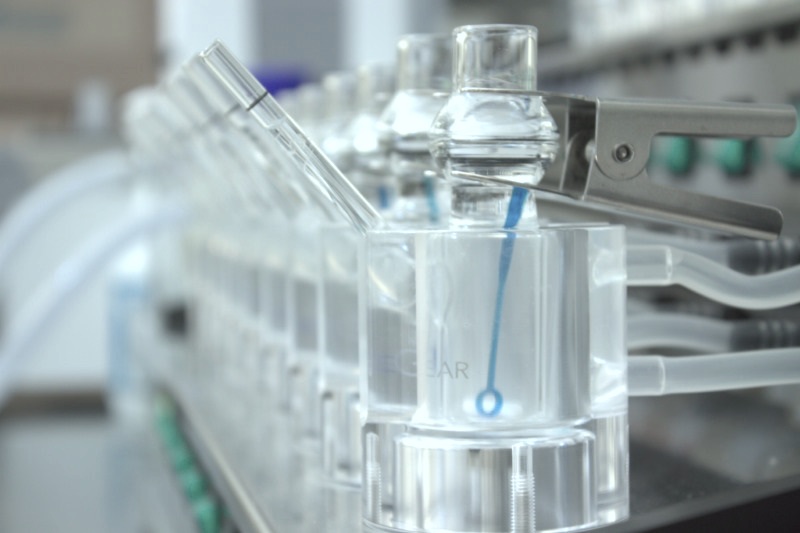Topical drug delivery has emerged as a groundbreaking approach in the field of medicine, offering localized treatment with reduced systemic side effects. This article dives into the fascinating world of topical drug delivery, exploring how it works, its advantages, and its various applications.
The Basics of Topical Drug Delivery
Topical drug delivery involves applying medications directly to the skin’s surface, allowing them to be absorbed through the skin and into the bloodstream. This method enables targeted treatment at the site of application, minimizing the exposure of other body tissues to the drug.
Working Mechanism
- Skin as a Barrier and a Gateway: The skin is a complex organ designed to protect the body from external elements. It consists of multiple layers, with the outermost layer called the stratum corneum. This layer acts as a barrier, preventing the entry of many substances. However, it also offers a pathway for drug penetration. Drugs with specific properties, such as small molecular size and compatibility with skin lipids, can pass through this barrier.
- Drug Formulations: Topical medications are formulated in various ways to optimize their absorption. Creams, ointments, gels, and patches are designed to deliver drugs efficiently through the skin. These formulations often contain penetration enhancers, which are substances that temporarily alter the stratum corneum’s structure, facilitating drug passage.
- Mechanisms of Absorption: Once applied, drugs can penetrate the skin through different mechanisms. Passive diffusion involves drugs moving from an area of higher concentration (the formulation) to an area of lower concentration (the skin’s deeper layers). Active transport, on the other hand, uses specific carriers to transport drugs across the skin. This diversity in mechanisms allows for effective drug delivery tailored to specific medications.
Advantages of Topical Drug Delivery
- Localized Treatment: Topical delivery directly targets the affected area, minimizing systemic exposure and potential side effects.
- Consistent Drug Levels: Controlled release formulations like patches provide a steady dose of medication over time, ensuring consistent therapeutic levels.
- Patient Compliance: Topical treatments are often more convenient and user-friendly than oral medications, leading to improved patient adherence.
Applications of Topical Drug Delivery
- Dermatological Conditions: Skin disorders like eczema, psoriasis, and acne can be effectively treated using topical medications.
- Pain Management: Topical analgesics provide targeted relief for localized pain, reducing the need for oral painkillers.
- Hormone Therapy: Transdermal patches are commonly used for hormone replacement therapy and contraception.
- Anti-Inflammatory Treatments: Topical steroids and non-steroidal anti-inflammatory drugs (NSAIDs) alleviate inflammation in joints and muscles.
Topical drug delivery is a dynamic and versatile approach that has transformed the way we administer medications. By harnessing the skin’s unique properties, this method provides effective and localized treatment for various conditions. As research and technology continue to advance, the potential of topical drug delivery in enhancing patient outcomes remains promising, opening doors to new dimensions in medical treatment.

